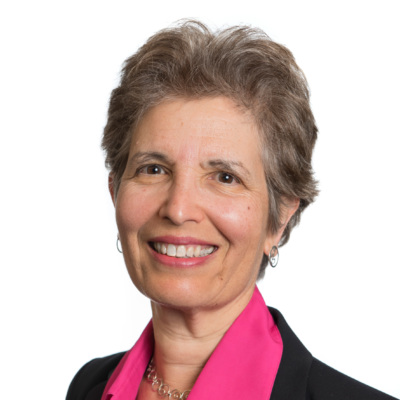What the Media Has Missed on the ACA: How it Helps Low-Income Young People Succeed in School, at Work, and as Parents
Earlier this month, President Obama announced that 8 million people have signed up for health insurance through the Affordable Care Act’s (ACA) exchanges; 28 percent (about 2.2 million) were between ages 18 and 34. Other young adults have gained coverage under the ACA by being added to their parents’ insurance (3.1 million youth under age 26, according to HHS) or by enrolling in Medicaid (an unknown share of more than 5 million new Medicaid enrollees are between 18 and 26).
The news media have covered all of these young people primarily as “cash cows” who will help finance other people’s health insurance. According to that narrative, the role of young adults is to subsidize the exchange by paying more in premiums than they incur in health care costs because they are healthier than older participants.
But focusing solely on financing ignores important benefits to young people, particularly those who are low-income. Meeting these young adults’ physical and mental health needs can help them succeed in school, in job training, in the workplace, and as parents. For example, a study on college completion found that 69 percent of students who did not graduate reported that having health insurance would have helped them “a lot” in getting a college degree.
The inclusion of mental health services in the ACA benefit packages is especially valuable. Among low-income young adults from high-poverty communities, unmet mental health needs stemming from trauma, stress, and exposure to violence are a key barrier to school and work success. This is particularly an issue for young adults of color, who are far more likely to live in communities of concentrated poverty where violence and trauma are prevalent. And while community organizations, schools, and job training partnerships can train staff to help some young adults, they depend on linkages to formal health care settings to provide intensive support to those who need it.
Before the ACA, community organizations addressing these needs could typically only get help for youth under 18—the cut-off in many cases for Medicaid and CHIP (the Children’s Health Insurance Program) eligibility. Thankfully, that’s no longer true—at least in states that have expanded Medicaid (in states that have not, many of the poorest young people remain without insurance). With the ACA, the door to health insurance no longer slams shut for millions of people in their late teens and twenties, giving them a far better shot at school and career success.
There’s also a life-changing opportunity in the ACA for a group of the most vulnerable young people: former foster youth. Under a provision of the new law, young people who were in foster care at age 18 and were never reunited with their families or adopted are eligible for Medicaid until they turn 26, whether or not their state has chosen to expand Medicaid. The provision is a critical step forward for this population, which has an extraordinary level of physical and mental health needs, including asthma, developmental delays, behavioral health problems, and visual and auditory problems.
But perhaps the biggest omission in news stories painting young people as footloose and carefree is the large number of low-income young adults who are parents—and the correspondingly large number of young children whose early life is shaped by these parents’ caregiving. For example, a national sample of infants found that half of the babies living in poverty had mothers age 24 or under and another one-fifth to one-quarter had mothers between 25 and 29.
Prior to the ACA, many of these low-income young parents had no insurance coverage for their own physical or mental health after the birth of the baby. While a baby’s own health appointments could be covered by Medicaid or CHIP, as could a mother’s appointments during pregnancy, a typical state set Medicaid eligibility levels for mothers after delivery as low as 60 percent of the federal poverty level. Moreover, a non-custodial father would have no Medicaid coverage at any income level. Without Medicaid, options were scarce for young people working at low-wage jobs, which far too often came with no insurance.
Unfortunately, parents’ untreated physical and mental health problems affect young children’s development and contribute to disparities in school readiness and children’s later life success. For example, maternal depression, widespread among low-income mothers of young children, is highly treatable, but when untreated, it risks children’s cognitive and emotional development as well as their safety. In the past, low-income mothers with depression have been far less likely to get treatment than better-off mothers, with lack of financial access an important reason. The ACA, therefore, offers an extraordinary opportunity to contribute not only to young people’s own success but also to their children’s.
When young people can get the physical and mental health treatment they need, their life opportunities and their children’s opportunities should improve dramatically. But while giving millions of young people access to new insurance coverage is crucial, it is only a first step towards this vision. Insurance alone doesn’t guarantee that care will be available, high quality, or easy to use. But by providing a funding stream, it makes building such a network of care possible at last. For everyone who cares about young adults—and young children—this is the moment to take on that challenge.
